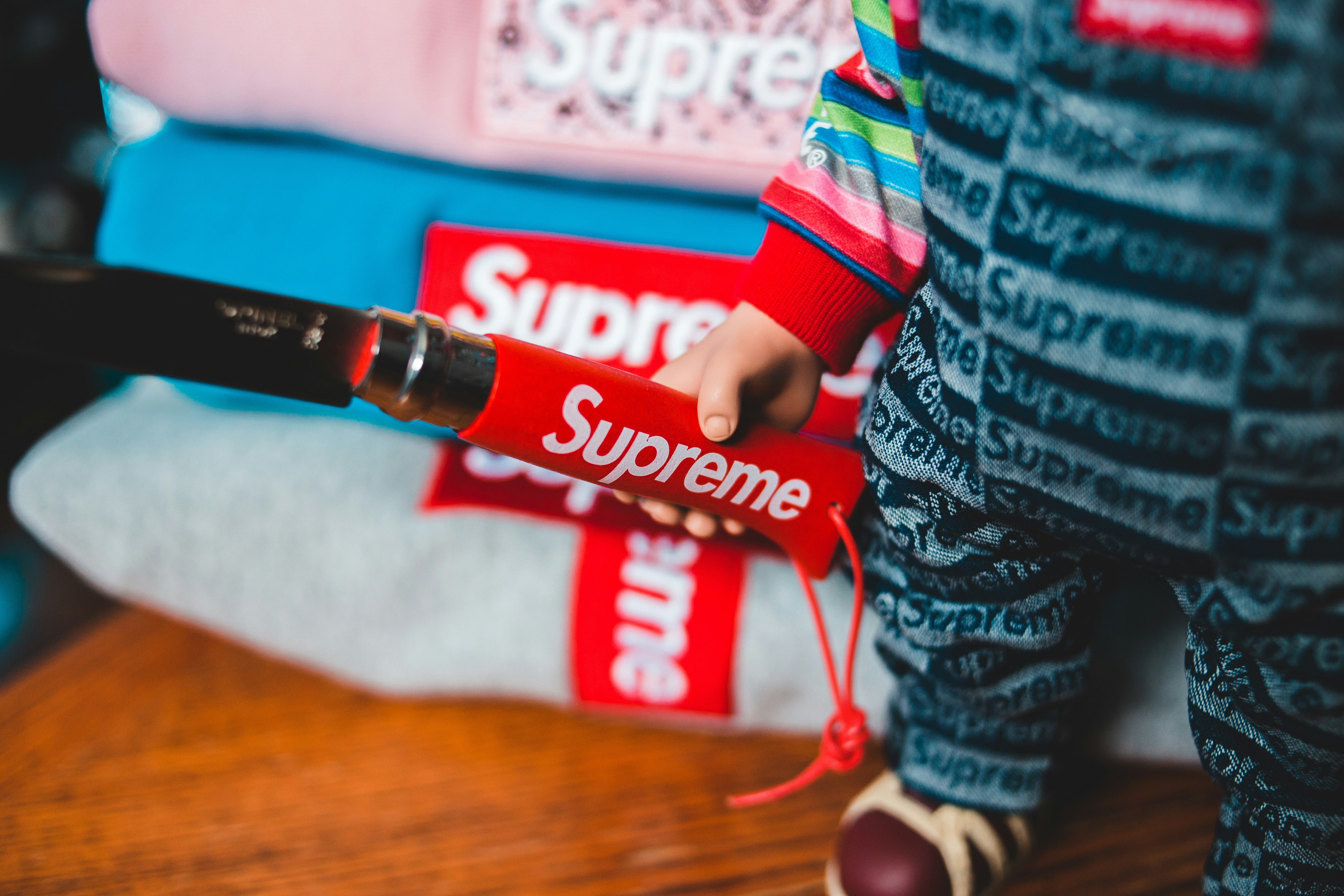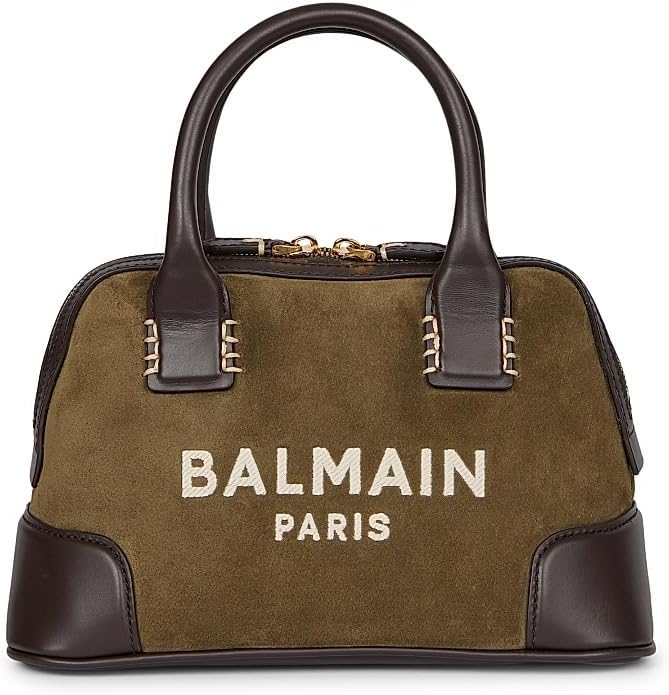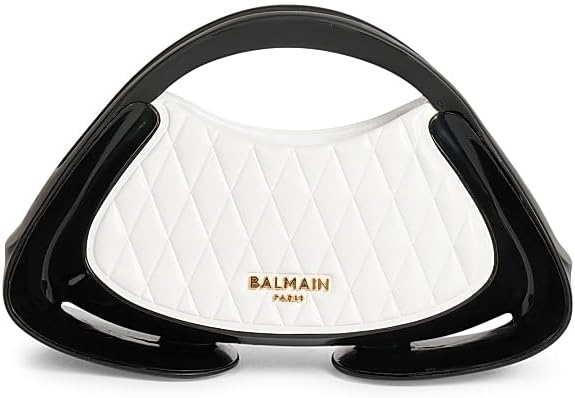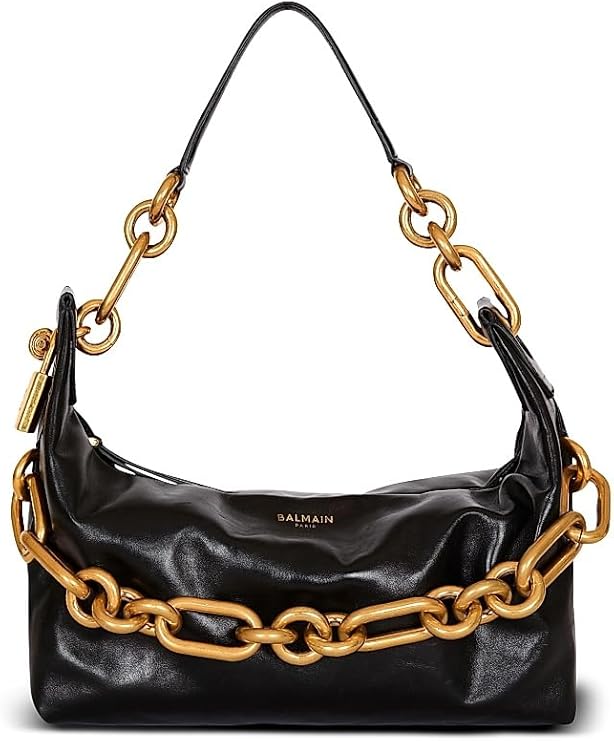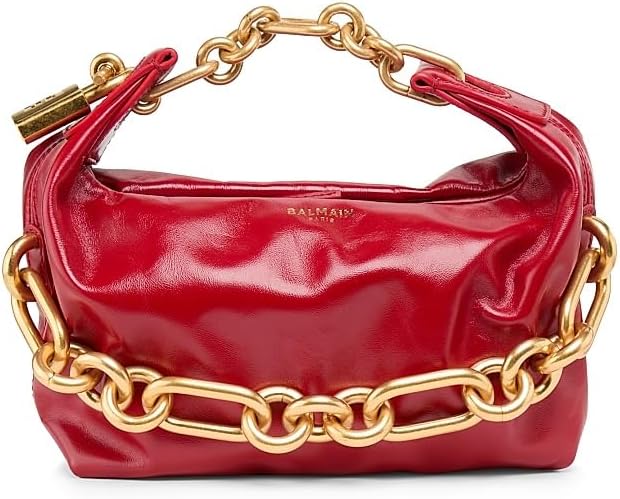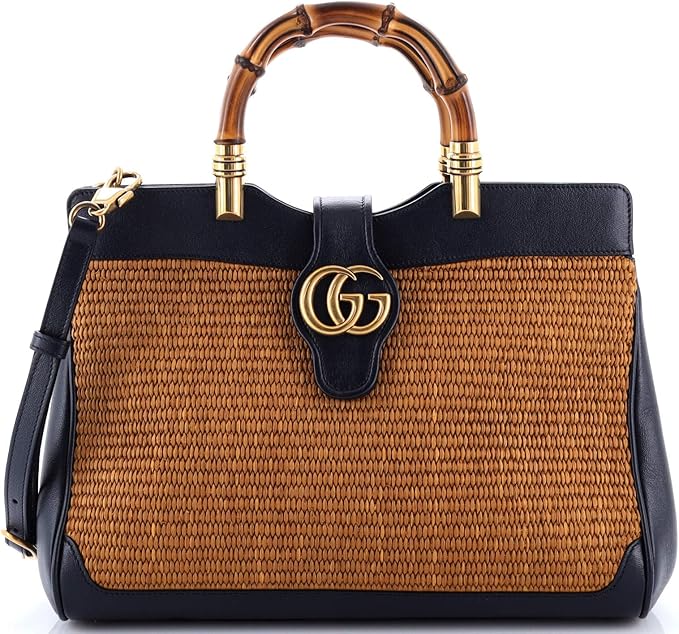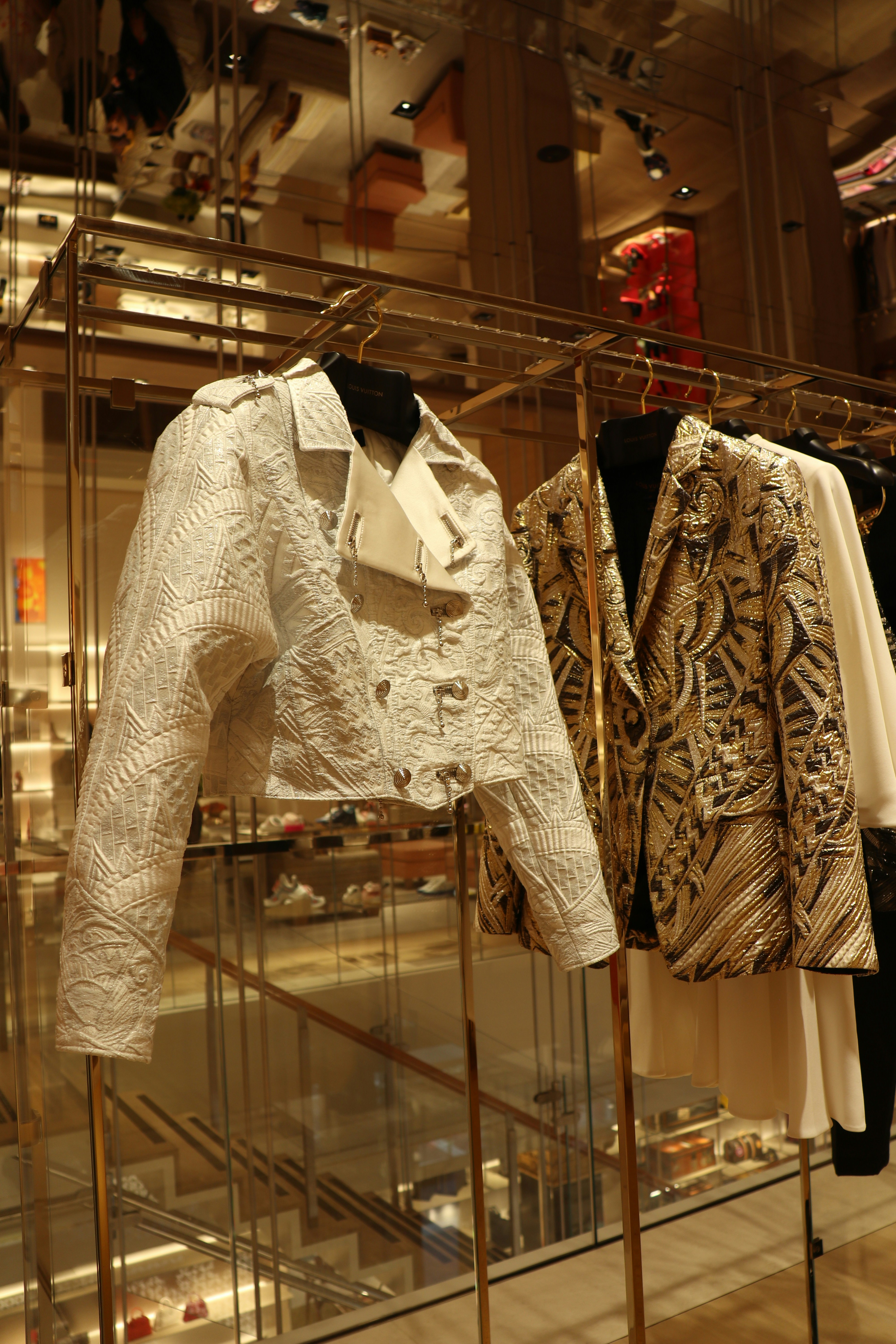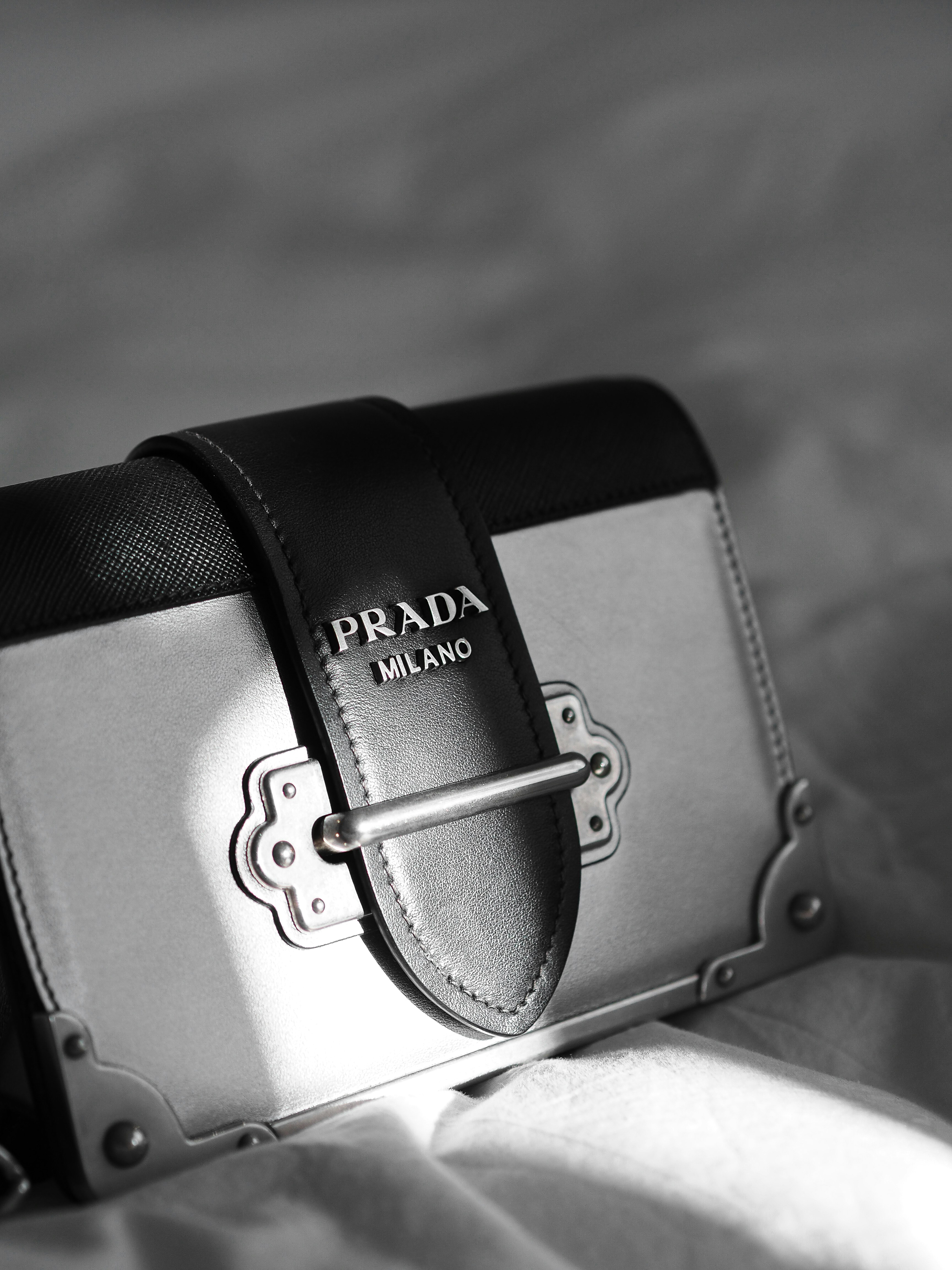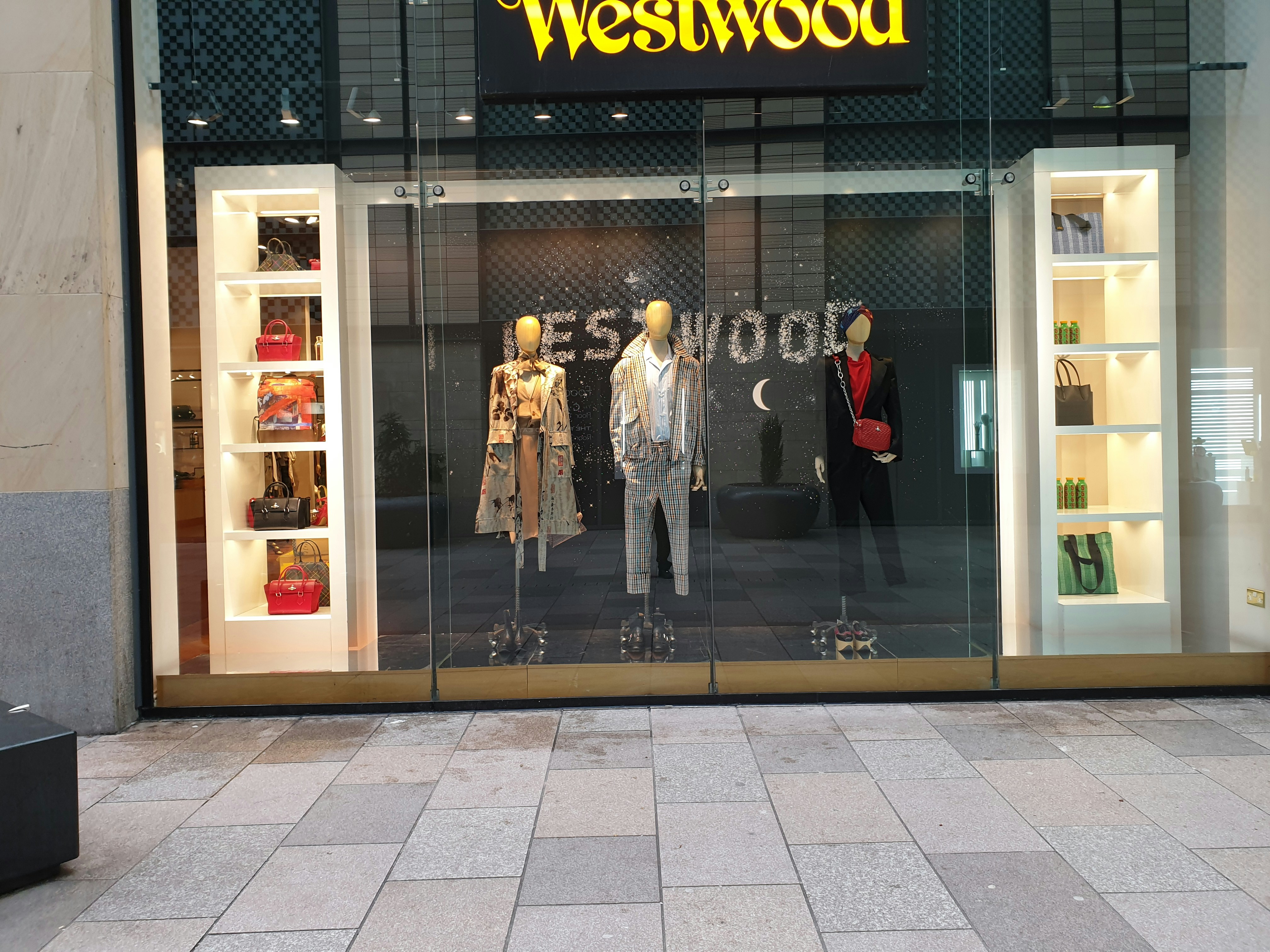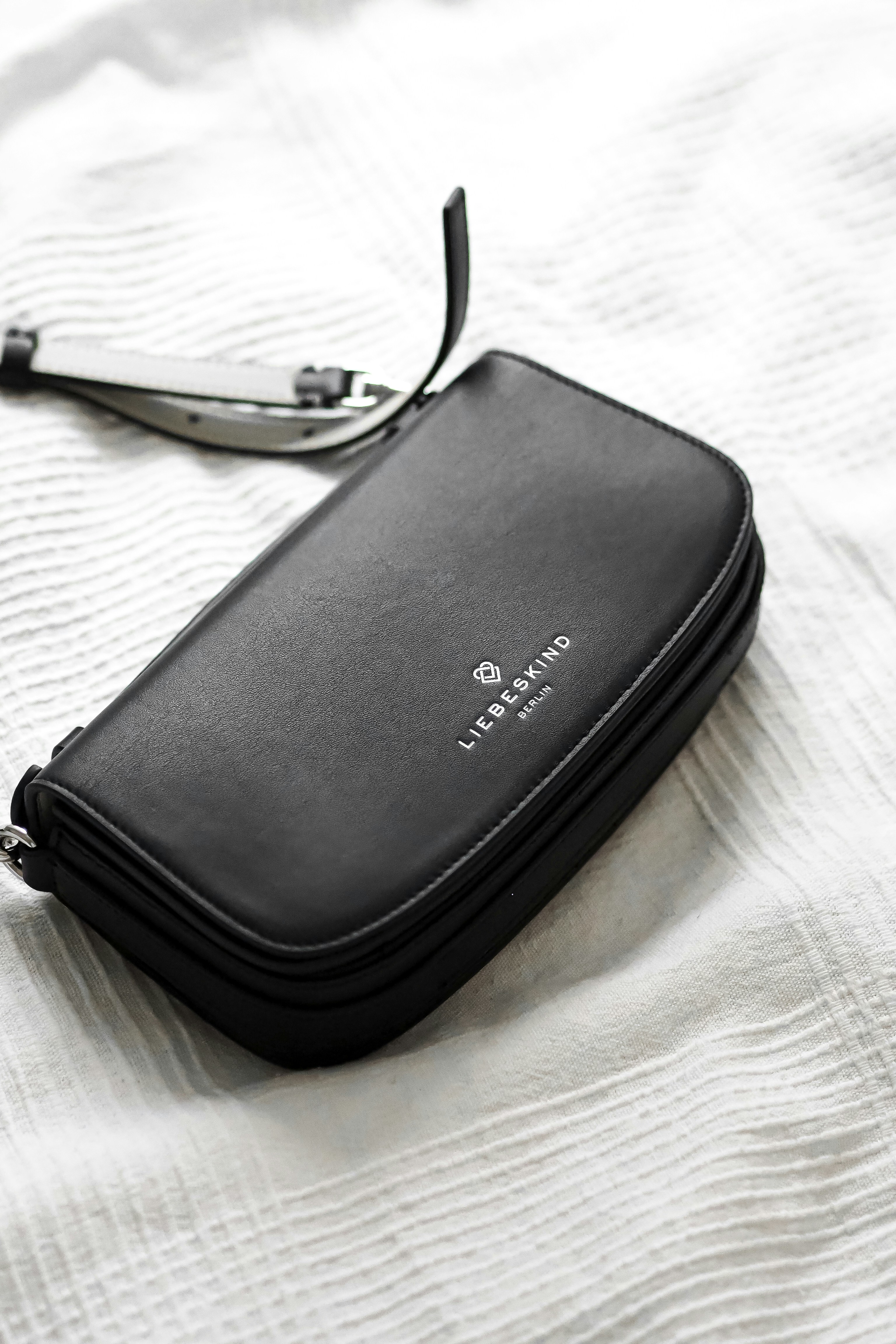The Birth of Supreme: A 1994 Icon
Supreme, the renowned streetwear brand, was established in 1994 by James Jebbia in the heart of New York City. From the outset, Supreme sought to create a unique space that catered primarily to skateboarders and the vibrant local skate culture. Jebbia, who harbored a passion for both skateboarding and art, envisioned a brand that would not only serve as a clothing line but also as a cultural symbol representative of the skateboarding community.
In its early years, Supreme operated a small store located on Lafayette Street in Manhattan, wherein it quickly became a hub for skaters and artists alike. The shop’s design reflected Jebbia’s vision, combining minimalist aesthetics with a gritty, urban feel that resonated with the local youth. Supreme’s initial offerings included skateboards, accessories, and apparel that featured bold graphics, including the now-iconic box logo. This logo, which simply emphasizes the brand’s name, became synonymous with the cultural movement surrounding streetwear.
As the brand established its identity, it began to foster collaborations with prominent artists and designers, further solidifying its place within the streetwear landscape. The interplay between art and skate culture became a hallmark of Supreme’s ethos, as it promoted limited edition releases that bore the distinctive fingerprints of various artistic influences. Such collaborations attracted a diverse clientele, expanding the brand’s reach beyond the skateboard community to encompass fashion enthusiasts worldwide.
By effectively marrying leisure and art with fashion, Supreme not only carved out a niche within the streetwear industry but also pioneered a movement that would shape contemporary clothing trends. These foundational years were critical in cultivating a legendarily loyal consumer base, positioning Supreme as a formidable force in the ever-evolving world of streetstyle.
The Signature Box Logo: A Symbol of Exclusivity
The box logo is an emblematic feature of Supreme’s branding and has become synonymous with the streetwear culture in America. Designed in a bold, minimalist style, it consists of the word ‘Supreme’ printed in white on a striking red background. This straightforward yet impactful design has established the box logo as one of the most recognized and coveted symbols in fashion, representing not just a clothing brand but also a lifestyle associated with exclusivity and rebellion.
The significance of the box logo extends beyond mere aesthetics; it embodies the core values of the Supreme brand. It signifies individuality and a sense of belonging within a community of streetwear enthusiasts who seek to distinguish themselves through their fashion choices. The rarity of box logo drops has contributed to the frenzy surrounding the brand and is a crucial aspect of its marketing strategy. New drops are met with immense anticipation, resulting in long lines outside stores and a robust online traffic surge, reflecting a collective excitement that is rarely replicated in conventional retail. This cult-like following is amplified further through social media, where successful drops often trend, showcasing the brand’s influence and desirability.
<pmoreover,
Skate Heritage: The Foundation of Supreme’s Identity
The roots of Supreme are firmly embedded in skate culture, which serves as the foundation of its identity. Established in 1994 in New York City, Supreme originally catered to the needs of skaters, creating a brand that resonated deeply with this community. The company’s designs and aesthetic reflect the raw, rebellious spirit that characterizes the skateboarding scene. Supreme’s utilization of bold graphics and street sensibilities speaks directly to this heritage, attracting not just skaters, but also a broader audience drawn to the brand’s authenticity.
Supreme has been instrumental in forging relationships with prominent skateboarders, thereby reinforcing its position within the skate community. Collaborations with figures such as Jason Dill, Eric Koston, and more recently, Tyshawn Jones, exemplify how the brand honors its roots while simultaneously appealing to new generations of skaters. These partnerships serve more than commercial interests; they authenticate the brand’s commitment to skate culture, making Supreme a pivotal player in the scene.
<pfurther a="" actively="" activities,="" aiming="" also="" and="" as="" brand="" but="" by="" champions="" clothing="" community.="" company="" competitions="" core="" cultural="" encourage="" engages="" events,="" exhibitions,="" foster="" has="" in="" including="" initiatives="" involving="" its="" itself="" local="" movement="" not="" of="" only="" p="" participation="" positions="" skate="" skateboarding,="" skateboarding.="" skateboarding.
This blend of design, community engagement, and collaborations reflects how Supreme has maintained its relevance throughout the years. The brand’s deep-rooted connection to skate culture continues to shape its identity, ensuring that it remains a symbol of both authenticity and innovation within the broader streetwear landscape.
Supreme and VF Corporation: A New Era of Expansion
In 2020, the streetwear phenomenon took a notable turn when VF Corporation acquired Supreme for approximately $2.1 billion. This acquisition marked a significant milestone not only for Supreme but also for the streetwear industry as a whole. VF Corporation, known for its portfolio of lifestyle brands, saw tremendous potential in Supreme, which has become a cultural icon within the realms of fashion and youth culture. Joining forces with VF Corporation has opened avenues for Supreme to expand its global footprint while ensuring sustainable growth.
With VF Corporation’s extensive resources and distribution networks, Supreme could potentially reach a larger audience. This partnership signifies a new era of expansion where Supreme is likely to leverage VF’s expertise in supply chain management and marketing. Additionally, the collaboration is expected to enhance the brand’s retail presence on an international scale, widening access to its coveted products and limited editions. Such growth opportunities could solidify Supreme’s status as a leader in the streetwear segment.
However, this acquisition does present challenges. One of the primary concerns revolves around maintaining the brand’s core identity and exclusivity that garnered immense popularity among its followers. Streetwear culture thrives on limited releases and a sense of rarity, elements that can be diluted in a more mainstream framework. Balancing expansion while guarding the brand’s ethos will require careful strategy and execution from both Supreme and VF Corporation.
The implications of this acquisition extend far beyond Supreme. The partnership may influence the trajectory of emerging brands within the streetwear landscape by setting new standards for collaboration and brand management. As competitors observe how Supreme adapts, we may see shifts in their strategies, potentially accelerating trends and innovations in the fashion industry. The relationship between Supreme and VF Corporation could serve as a blueprint for future brand acquisitions in streetwear, shaping the overall direction of the market.

